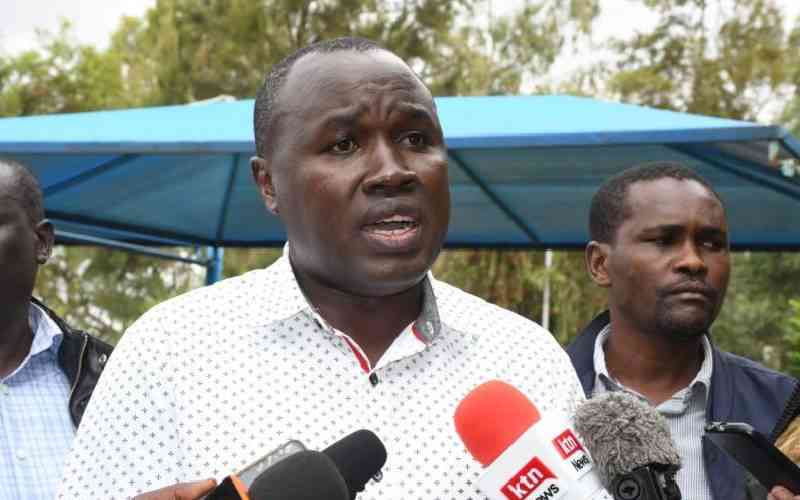×
The Standard e-Paper
Join Thousands of Readers

Stigma is a major contributor to new HIV infections in arid and semi-arid (Asal) counties, with at least 51 people dying in Kenya every day from AIDS-related complications, according to a new report.
Among counties recording high infections of the viral disease include Samburu, Turkana and Mandera at 4.3, 2.9, and 0.3 per cent respectively, against the 3.7 per cent national prevalence, according to a new HIV status report.